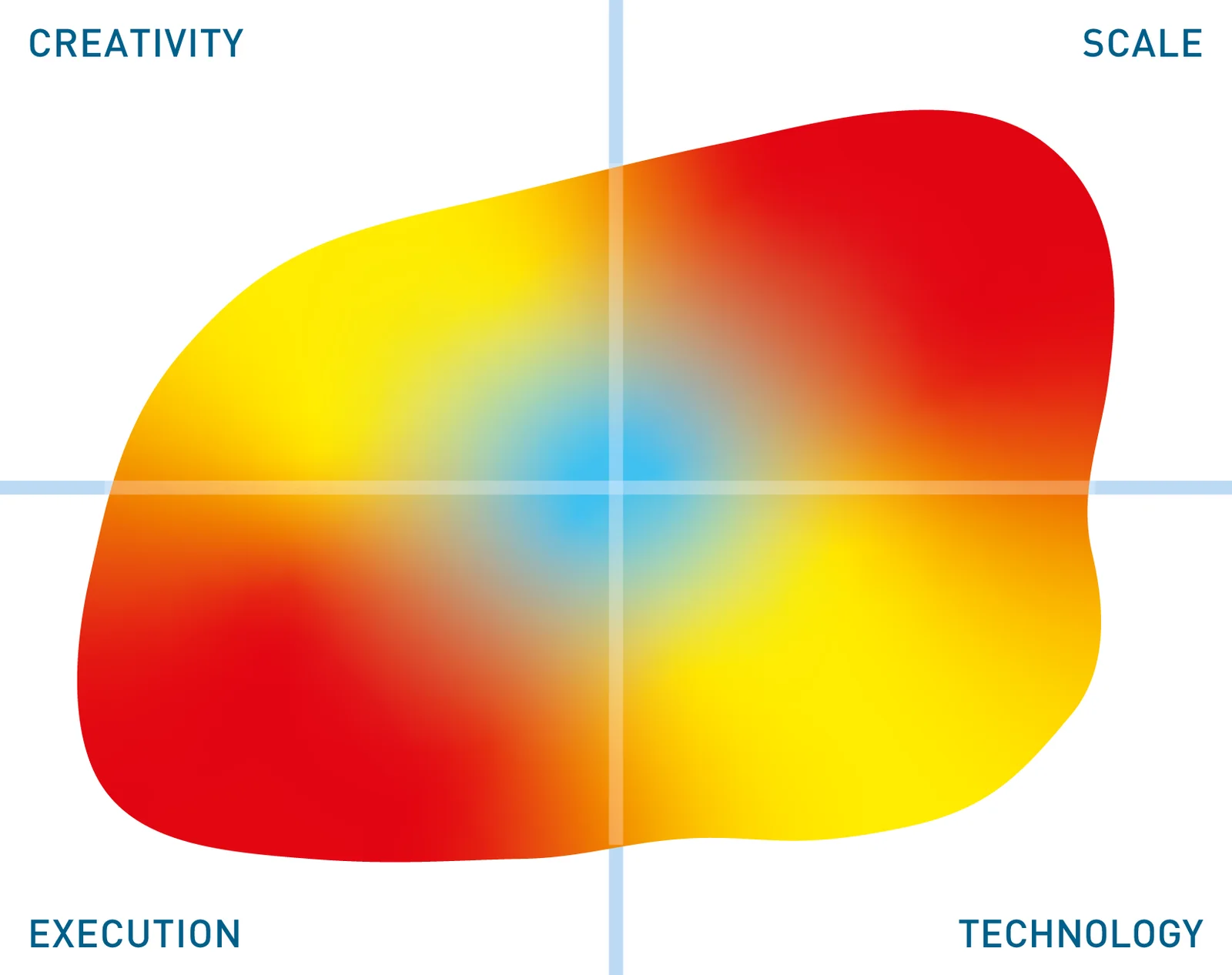Conformiq Creator and Transformer
Update solution on February 5, 2020

Conformiq Creator and Conformiq Transformer together form a test design automation solution that models your system as an activity diagram and thereby generates test cases, test data, executable test scripts, and other testing assets automatically. They can also be deployed separately, are Eclipse based, and run on either Windows or Linux.
Other Conformiq products include Conformiq Designer (similar to Conformiq Creator but for embedded systems rather than free-standing applications), Conformiq Grid (a cloud-based offering that runs across multiple CPUs to support test generation in either Conformiq Creator or Conformiq Designer) and Conformiq AutomatIQ. AutomatIQ is particularly interesting: it uses AI and natural language processing to automatically generate executable test scripts directly from your manual test cases and/or Micro Focus ALM test plans without requiring you to create a model. What’s more, a very similar process can be used by Conformiq Creator to reverse engineer your model from your manual tests. This makes AutomatIQ an excellent way to accelerate your adoption of test design automation, and particularly of Conformiq Creator.
Customer Quotes
“After just 3 months use [of our 10 Creator licenses] we cancelled our staffing plans for
50 additional testers saving $1.25M.”
Service provider for NA Bank
“The quantitative benefit from Conformiq was the time it took to create 1,200 test cases. It originally took 420 hours and with Conformiq it took 70 hours.”
NA healthcare insurance company
Conformiq Creator allows you to visually model your system under test using an activity diagram, as shown in Figure 1. This diagram can be created in several ways: by dragging and dropping objects onto a palette, by importing an activity diagram from another tool (such as Microsoft Visio, Gherkin feature files, or Excel), or by automatically reverse engineering existing test cases, BPMN drawings, Gherkin user stories and so on, in the process resolving logical inconsistencies and identifying redundant tests. Models can call other models, enabling sub flows, and test data can be defined either within your model or an external spreadsheet. You can also synchronise your model with requirements brought in from a number of third-party products, including Micro Focus ALM, CA Agile Central and Atlassian JIRA. Alternatively, you can create requirements directly within Conformiq Creator. In the former case, this provides requirements traceability, which can be displayed visually as part of your model.

Fig 01 – A system model in Conformiq Creator
Using your completed model, you can automatically generate a suite of test cases that are optimised for one of several coverage models. In turn, these test cases can be exported to Conformiq Transformer, to a third-party test automation or test management framework, or even as documentation or manual tests. Automated change management is also available. In addition, Conformiq Creator allows you to create a high level, business requirements model of your system’s operation (see Figure 2) that is useful for understanding your model (and therefore your system), particularly for nontechnical users.

Fig 02 – A business requirements model in Conformiq Creator
Conformiq Transformer is an automated test execution framework that uses a keyword-based test automation system to generate executable test scripts from your existing test cases, including manual tests, where each keyword corresponds to a series of actions within your application. The keywords themselves can be created either by writing code or by utilising the built-in UI inspector to record interactions in your browser. Keywords can also be parameterised, enabling reuse. Moreover, if you import your test cases from Conformiq Creator, all of the keywords necessary to create executable test scripts from them are created for you. Essentially this means that if you use both products in conjunction, you can create executable test scripts from your test cases, and therefore from your model, automatically, without needing to record actions or write code at any point in the process.
The system model that Conformiq Creator uses is exceptionally detailed and comprehensive. In combination with Conformiq Transformer, it allows you to automatically generate all of your testing assets, including executable test scripts, test data and test validations without writing any code. This provides an extremely high level of automation and correspondingly large gains to productivity and efficiency. It also positions your model as a single source for all of your testing assets. This should make them substantially easier to maintain, particularly in concert with the automated change management provided by the product.
That said, this approach has its downsides. Conformiq models are, by necessity, highly complex, and can therefore be relatively difficult to build and understand, particularly if you are nontechnical. However, these difficulties are ameliorated significantly by being able to generate your initial model from your existing test cases, as well as the ability to create a business requirements model. The former in particular represents a potentially very large time saver, although readers are cautioned that Conformiq operates on a ‘garbage in, garbage out’ policy in regards to incomplete or incorrect test cases, which will therefore need to be detected and dealt with manually.
Finally, the breadth of integration that Conformiq offers is significant. The number of products that Conformiq will integrate with across a range of spaces means that it should be relatively easy to slot Conformiq Creator and Conformiq Transformer into your existing testing environment. This even extends to the two products each being deployable as a standalone solution. In this regard, they are both capable. However, their most significant strengths are only going to be realised when they are deployed together.
The Bottom Line
Conformiq Creator and Transformer allow you to leverage a highly detailed model to automatically generate, and subsequently execute, all of your testing assets. The degree of automation provided is high, and the product(s) as a whole should not be overlooked.
Related Company
Connect with Us
Ready to Get Started
Learn how Bloor Research can support your organization’s journey toward a smarter, more secure future."
Connect with us Join Our Community
